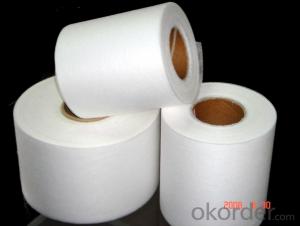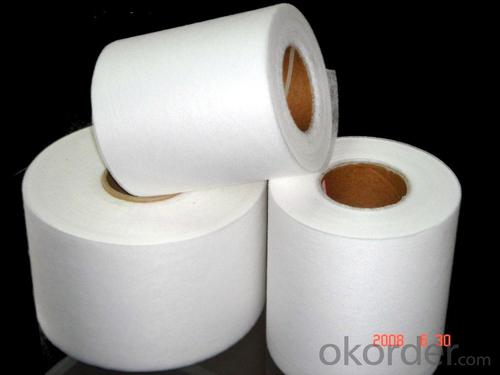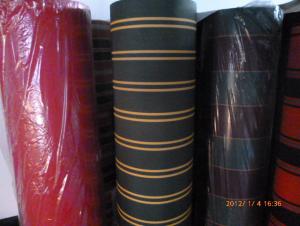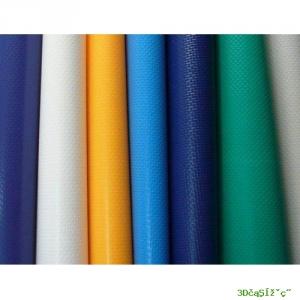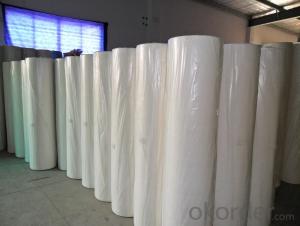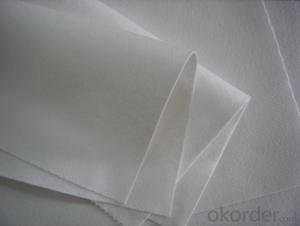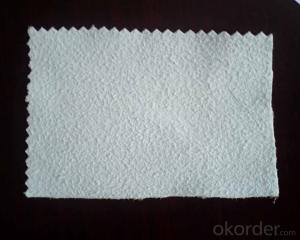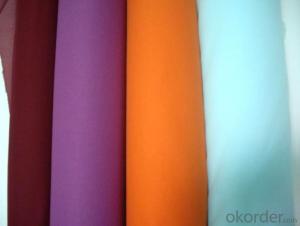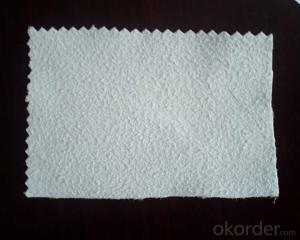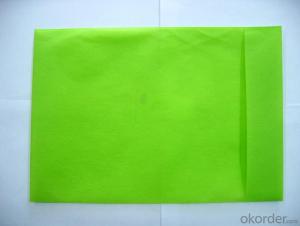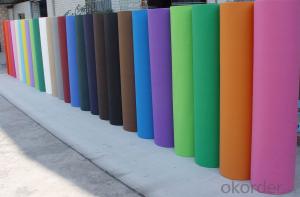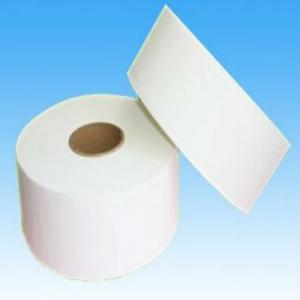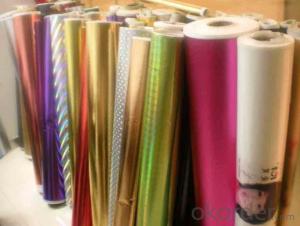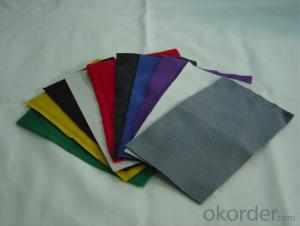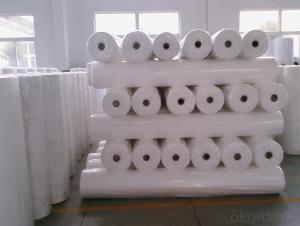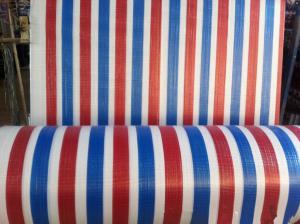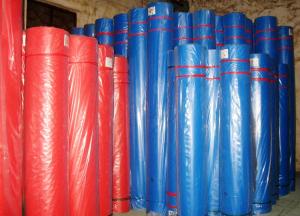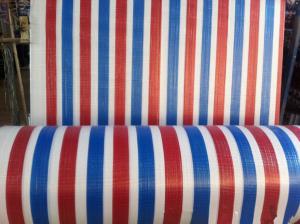40-150gsm PP spunbond non woven fabric for upholstery
- Loading Port:
- Shanghai
- Payment Terms:
- TT OR LC
- Min Order Qty:
- 1000 kg
- Supply Capability:
- 10000 kg/month
OKorder Service Pledge
OKorder Financial Service
You Might Also Like

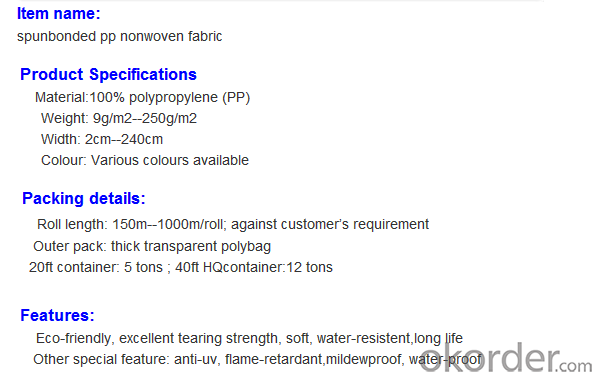
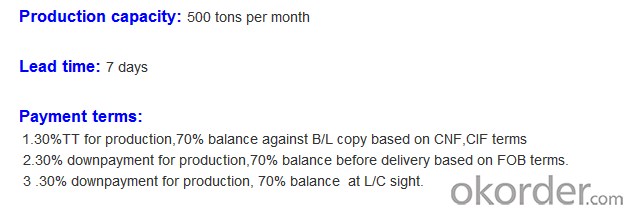
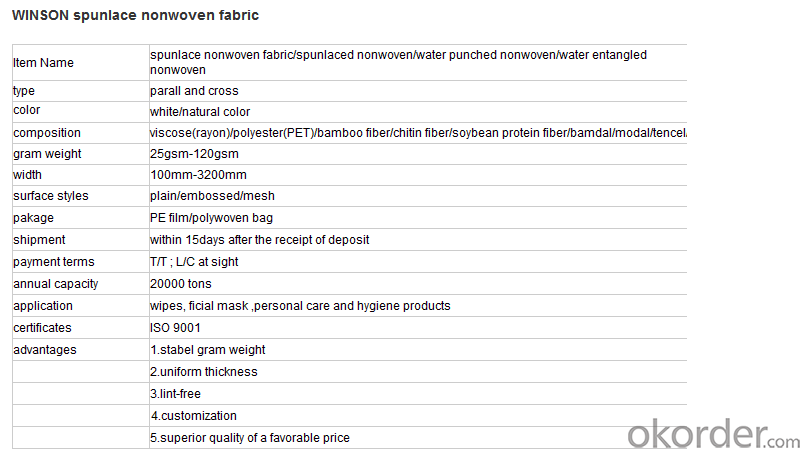
We are recognized as a reliable Manufacturer, Exporter and Supplier of Non Woven Fabric. We can provide Non Woven Fabric in any gram/m2 and any colour required by customer. Non Woven Fabrics are broadly defined as sheet or web structures bonded together by entangling fiber or filaments (and by perforating films) mechanically, thermally or chemically. PP Spun bonded Non woven Fabrics are produced using a precise extrusion-based technology. The polymer is stretched into a continuous filament and loosely spread onto a conveyor belt to form the web. Air is used to form and lay the fabric filaments. On the other hand, some non woven fabrics can be recycled after use, given the proper treatment and facilities.
Product Specifications
Weight: 10 - 150 gsm
Width: Max 1600 mm (can be slit)
Fabric Roll Length: As per buyer’s need ( 200 - 1200 Mtr)
Color: various colors available.
Procedure of production: Spun bonded Non Woven, Diamond design
Material: polypropylene
Minimum Order: 1000 Kg
Sample: sample free, freight collect
Product Application
Non woven fabric manufacturers usually manufacture the fabric in a roll form. It is then sent to various other industries where it has end applications, where is it cut and given different form depending upon the use. They can also be used in combination with different materials and offer a wide range of products.
Colored Non woven fabrics are use in many sectors and variety of applications, such as Health, Hygiene, Medical, Packaging, Agriculture, Furniture Upholstery, Geo Textiles, Leather Industry, Shoes and Garments. Customers come from the textile and automotive industries as well as many other sectors.
- Q: How to reduce the cost of textile yarn dyeing
- Water and electricity state control, you can not save, the equipment is before, and now do not expand the scale, for the time being
- Q: What are the textiles?
- Industrial use of a wide range of textiles, many varieties, common with Peng cloth, gun clothing, filter cloth, screen, road cloth and so on.
- Q: Textile finishing TPU, TPEF film. What's the difference?
- Hardness range: by changing the TPU reaction components of the ratio, you can get different hardness of the product, and with the increase in hardness, the product still maintain good flexibility and wear resistance.
- Q: Textile and garment industry, including a complete industrial chain which
- In the national standard in the definition of clothing, clothes, wear in the human body from the protection and decorative products, also known as clothing
- Q: What is the step in the textile fabric
- With the words and deeds, the attitude represents the company, so with the business units to deal with the corresponding business process, we must grasp the basic principles, pay attention to words and deeds, attitude neither overbearing nor humble. It is strictly forbidden to have any excitement to the client (or the customer's merchandiser) for any subjective or objective reasons. Processing business process can not arbitrarily overweight position, there are problems in time to ask the company to decide.
- Q: What are the policy measures developed by the Bangladeshi government for their exports?
- To help our enterprises to better understand the Bengal market, I think it is necessary for my business investment in Bangladesh textile industry for further analysis of the pros and cons, I hope this article for my textile enterprises to "go out" to provide some reference.
- Q: Clothing and processing and processing into what auxiliaries
- Textile processing used a lot of additives, spinning from the spinning machine will be used, and then to the weaving, weaving need to sizing the sizing, sizing will also use a variety of additives to increase serous duct toughness
- Q: How to grow in the textile industry and have their own customers
- You are doing foreign trade, mainly to be a good account, so, in addition to the production process, process, you have to pay more attention;
- Q: How does the chemical composition of the textile be analyzed?
- The chemical composition of a substance refers to the proportion of each chemical element, expressed in experimental form
- Q: What is the use of polyurethane TPU hot melt adhesives in textiles?
- Lining the general requirements of the hot melt adhesive is colorless and tasteless, soft texture, fast bonding, resistance to dry and wet wash, glue can not affect the fabric, resistant to light and so on. Various types of hot melt adhesives can be used with a wide range of hot melt adhesives. Most of them are ethylene-vinyl acetate (EVA) hot melt adhesives, polyamide hot melt adhesives and high pressure polyethylene (HDPE) heat Melt powder, and different uses of hot melt adhesive and processing methods are also different.
Send your message to us
40-150gsm PP spunbond non woven fabric for upholstery
- Loading Port:
- Shanghai
- Payment Terms:
- TT OR LC
- Min Order Qty:
- 1000 kg
- Supply Capability:
- 10000 kg/month
OKorder Service Pledge
OKorder Financial Service
Similar products
Hot products
Hot Searches
Related keywords
